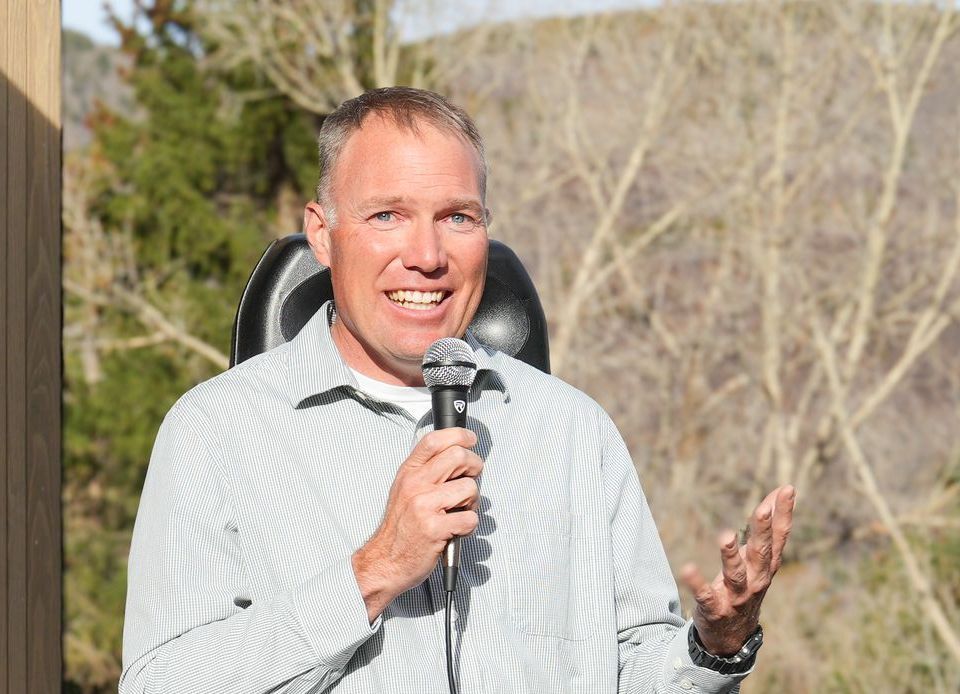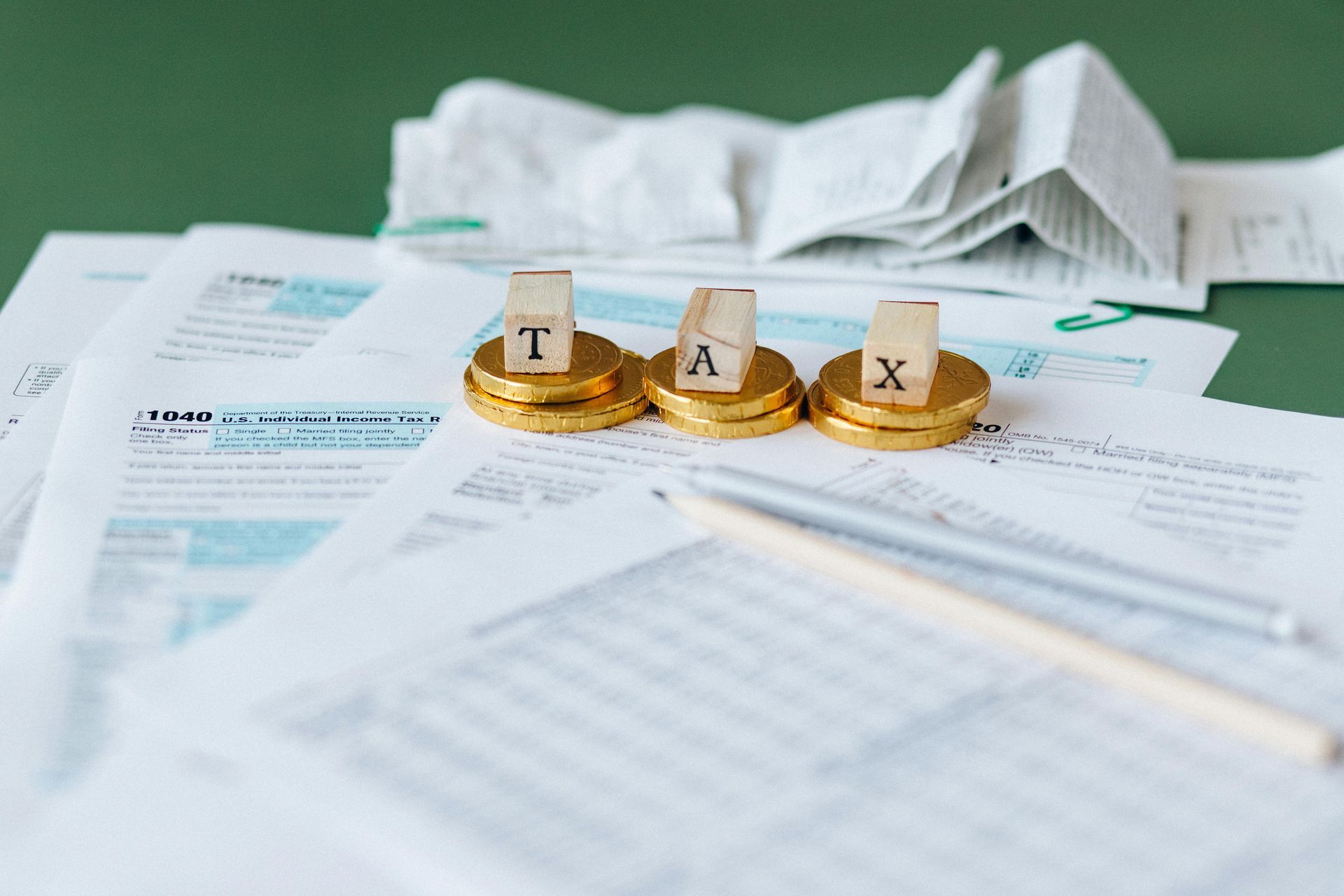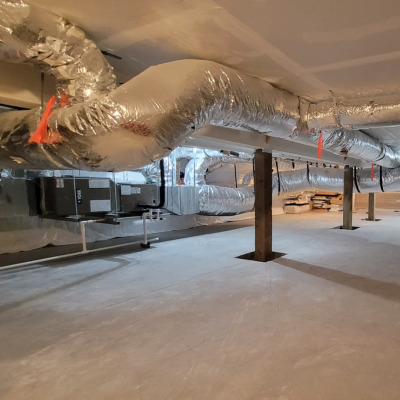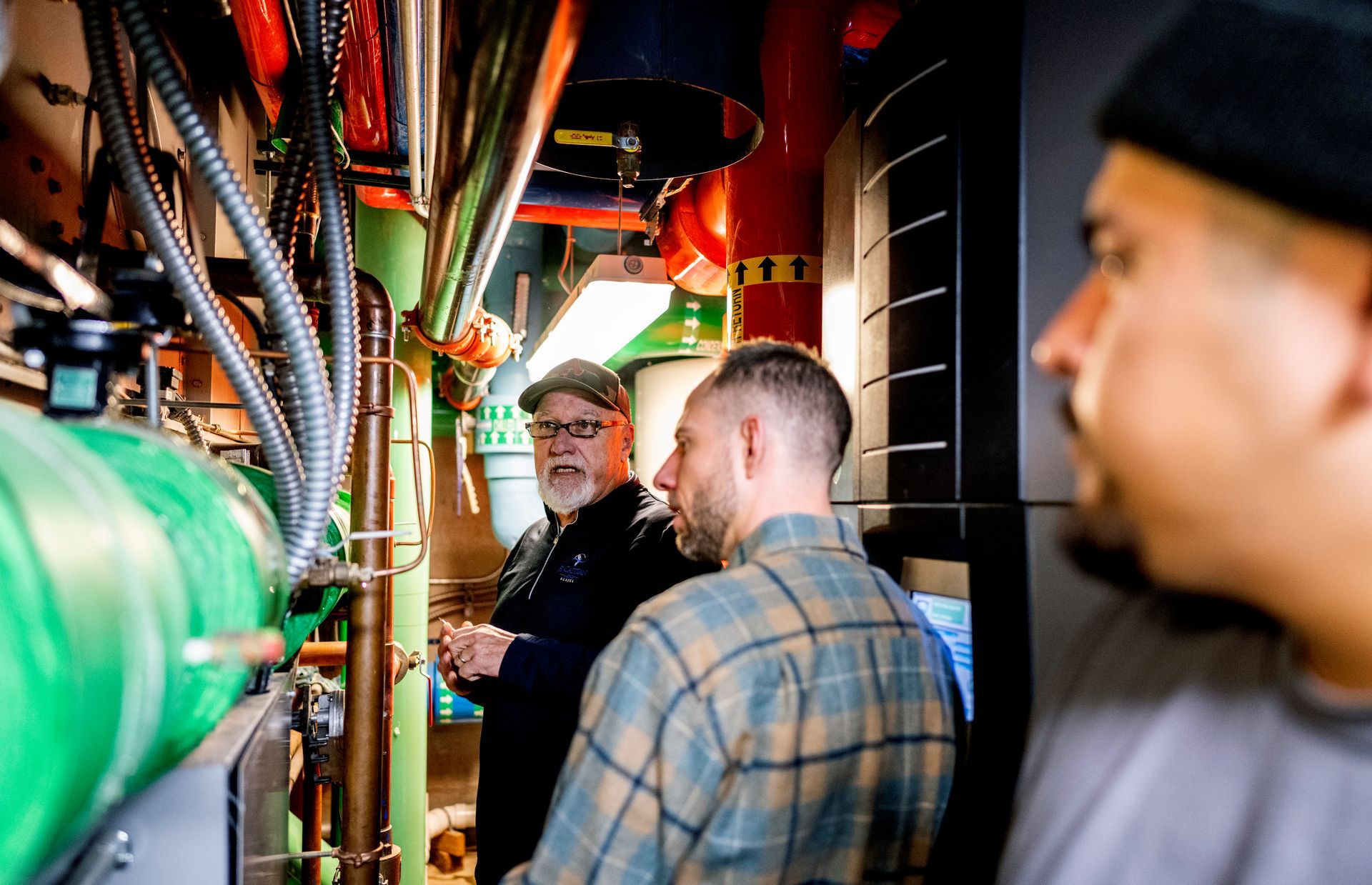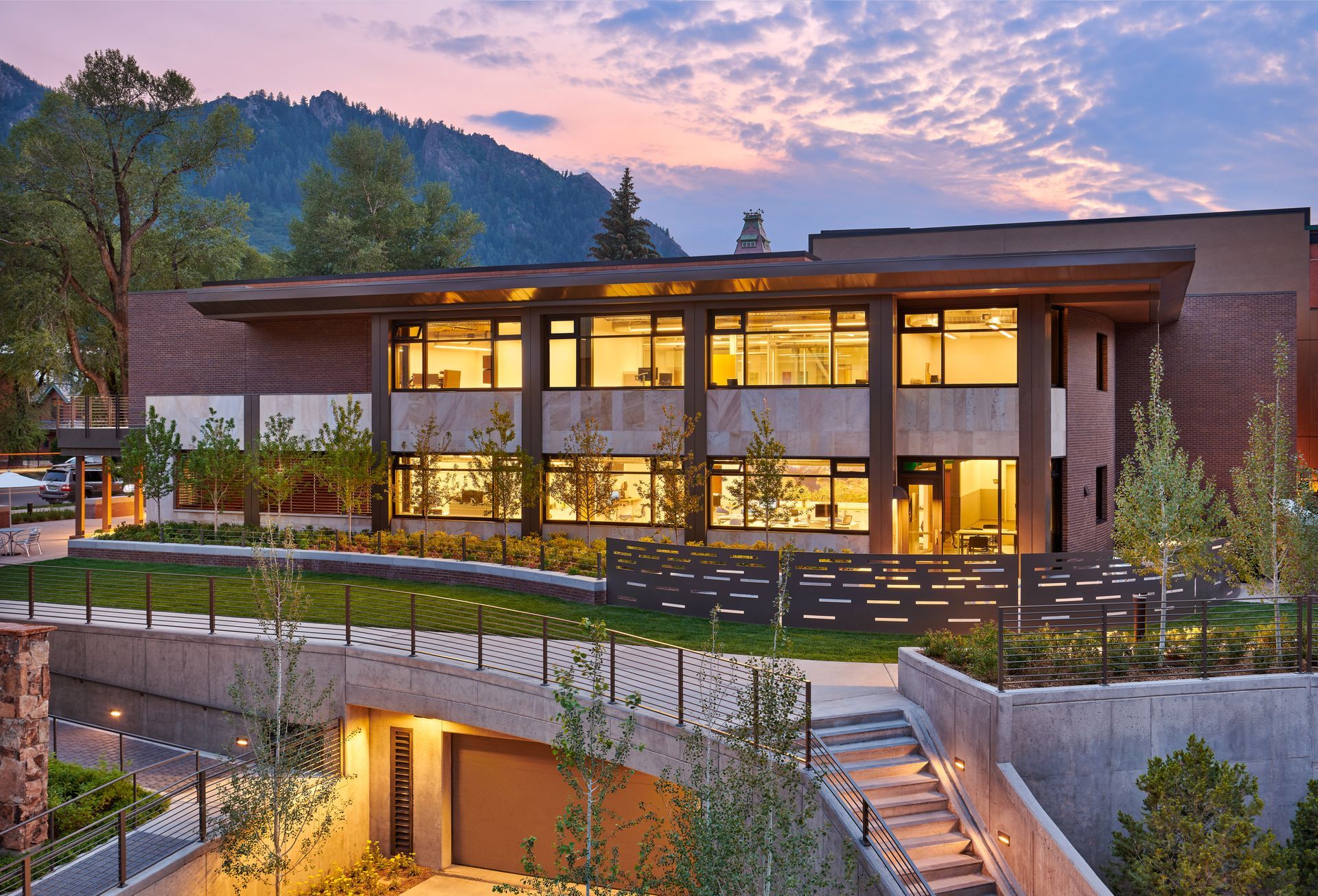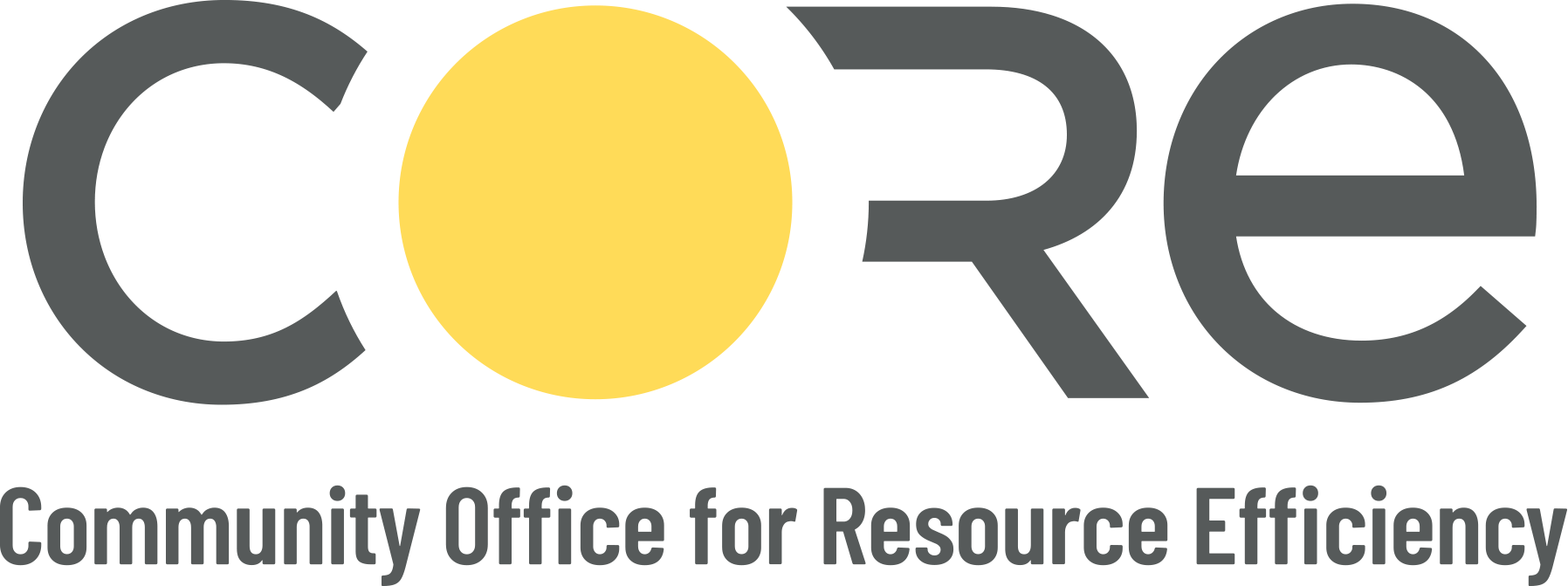The Recipe for a Climate-Conscious Kitchen
The kitchen is the heart of the home, where memories are made, souls are fed, and connections are forged. It’s also a hotspot for energy consumption.
Kitchens use large amounts of electricity, water, and gas to wash dishes, keep food fresh, and cook meals. Lighting and refrigerators, for example, are used in nearly every home, and they are the
fourth and fifth biggest consumers of electricity use in households in the United States.
Take steps to transform your kitchen into an environmentally sustainable space, enhance your culinary experience, and establish a safe and healthy living area. Here are a few ingredients to a recipe for a comfortable and welcoming climate-conscious kitchen.
Questions?
Give us a call. We’re here to help guide you through the process.
Step 1: Buy Local
🥬🍏😎🌏
One of the simplest and most impactful ways to reduce carbon emissions is to source your food locally, like with a community-supported agriculture (CSA) program.
By purchasing from local farmers and participating in CSAs, you shrink your carbon footprint in several ways:
- Transportation: Local food requires less travel, minimizing fuel consumption and carbon dioxide emissions.
- Refrigeration: Fresher, locally sourced food requires less energy for chilling.
- Packaging: Buying locally reduces the need for additional packaging, minimizing waste.
- Storage: With less need for large warehouses, energy consumption is reduced.
[call out: Go a step further in reducing your impact on the environment and consider supporting organizations like
The Farm Collaborative that practice sustainable agriculture. By adopting energy-saving farming practices, such as alleycropping, these organizations help you double up on energy savings while providing locally grown ingredients.]
Step 2: Switch to LEDs
⚡⚡⚡⚡⚡⚡⚡⚡
LEDs (Light-Emitting Diodes) are a game-changer when it comes to significantly reducing energy consumption in your kitchen. They use only 25% of the energy needed to light a room compared to traditional incandescent bulbs and have a
longer lifespan. While incandescent bulbs last about 1,000 hours and compact fluorescent lamps (CFLs) last about 10,000 hours, LEDs can last up to 25,000 hours or more.
Step 3: Cook with Induction
⚡⚡⚡
Induction cooktops offer a safe and energy-efficient alternative to traditional gas stoves that rely on open flames and
fill your home with invisible and harmful gasses like nitrogen oxides, carbon monoxide, and particulate matter. Conversely,
induction cooktops use safe electromagnetic fields to generate heat directly into pots and pans. During the process, the cooktop remains cool and safe to the touch, minimizing the risk of burns.
In addition to being a better alternative for the well-being of you and your family, induction cooktops save energy and provide more heat, helping boil water faster, for example. With 33% higher energy efficiency compared to gas stoves, this precise cooking option is an excellent choice for reducing energy consumption.
Step 4: Program Your Thermostat ⚡⚡⚡
Take control of your kitchen's climate by installing programmable or Wi-Fi-enabled thermostats. These devices allow you to schedule temperature adjustments based on your daily routines, optimizing energy usage throughout the day. Smart thermostats can even learn your preferences and adjust the temperature based on room occupancy. By utilizing a programmable thermostat, you can achieve energy savings of up to 30% while maintaining a comfortable environment.
Step 5: Reach for ENERGY STAR
⚡
Upgrade your kitchen appliances to
ENERGY STAR-certified models to achieve significant energy savings. ENERGY STAR appliances meet strict energy efficiency criteria set by the Environmental Protection Agency (EPA). By opting for ENERGY STAR refrigerators and dishwashers, you can reduce energy consumption by up to 10% and 12%, respectively.
When searching for an ENERGY STAR refrigerator, Mary Wiener, CORE’s Senior Energy Concierge, recommends, “Invest in the simplest refrigerator possible. For maximum efficiency, choose refrigerators with the freezer on top or bottom of the fridge, instead of having the refrigerator and freezer side-by-side.”
“It’s also a good idea to clean the coils in the back and the front of the refrigerator every quarter so that heat dissipates effectively. When the coils are dirty, the refrigerator has to work harder to cool its interior, leading to increased energy consumption and higher electricity bills.”
Conclusion
The kitchen holds a special place in our homes and lives. By adopting sustainable practices, investing in energy-efficient appliances, and supporting local initiatives, you can create a greener kitchen without compromising on safety or the culinary delights it offers.
Connect with us to navigate valuable resources,
grants, rebates, and
contractors that can support you on your path toward a more environmentally friendly kitchen.

